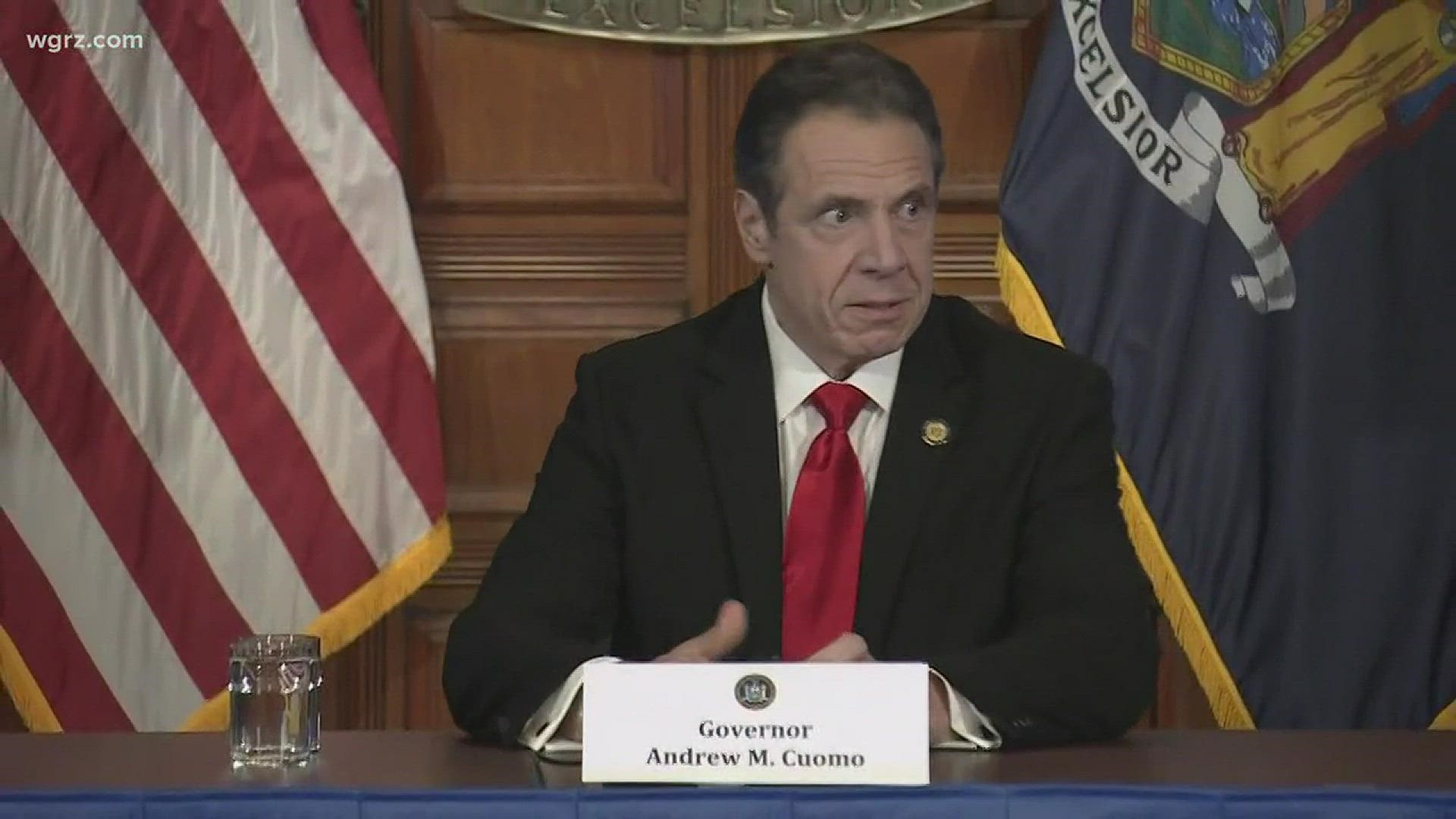ALBANY, N.Y. — New York Governor Andrew Cuomo announced Monday that the curve of new coronavirus (COVID-19) cases continues to flatten and plateau.
Over the past week, the number of hospitalizations is in and around 18,000-19,000. The net change in ICU admissions and intubations has also dropped.
However, the news is not all good. The governor announced, in total, 10,056 New York State residents have died from coronavirus-related illnesses.
The governor also talked about how important it will be to continue to decrease density, so as not to infect more people.
Cuomo says the next step is to work on a plan to reopen the state. He says it will be decided by public health and economic experts, not politicians. The plan will need to be coordinated and will need federal support.
RELATED: 11 Day Power Play to battle COVID-19
Coronavirus symptoms
The symptoms of coronavirus can be similar to the flu or a bad cold. Symptoms include a fever, cough and shortness of breath, according to the Centers for Disease Control.
Most healthy people will have mild symptoms. A study of more than 72,000 patients by the Centers for Disease Control in China showed 80 percent of the cases there were mild.
But infections can cause pneumonia, severe acute respiratory syndrome, kidney failure and even death, according to the World Health Organization. Older people with underlying health conditions are most at risk.
The CDC believes symptoms may appear anywhere from two to 14 days after being exposed.
Human coronaviruses are usually spread through...
- The air by coughing or sneezing
- Close personal contact, such as touching or shaking hands
- Touching an object or surface with the virus on it, then touching your mouth, nose or eyes before washing your hands.
Help stop the spread of coronavirus
- Stay home when you are sick.
- Eat and sleep separately from your family members
- Use different utensils and dishes
- Cover your cough or sneeze with your arm, hot your hand.
- If you use a tissue, throw it in the trash.
Lower your risk
- Wash your hands often with soap and water for at least 20 seconds. If soap and water are not available, use an alcohol-based hand sanitizer.
- Avoid touching your eyes, nose, and mouth with unwashed hands.
- Avoid close contact with people who are sick.
- Clean and disinfect frequently touched objects and surfaces.
- If you are 60 or over and have an underlying health condition such as cardiovascular disease, diabetes or respiratory illnesses like asthma or COPD, the World Health Organization advises you to try to avoid crowds or places where you might interact with people who are sick.

